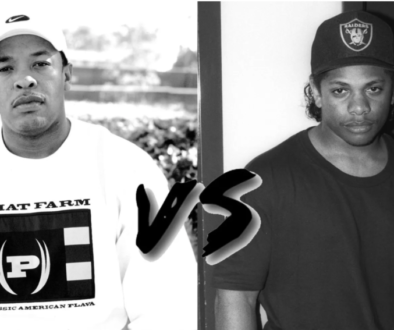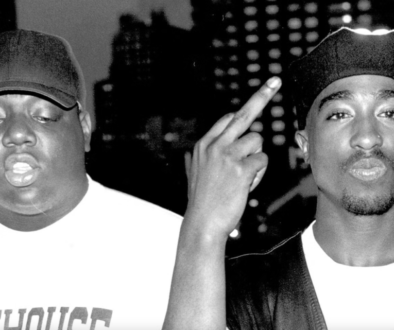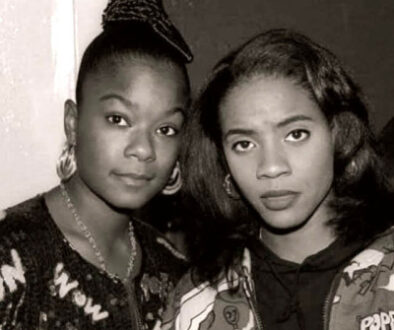The LL Cool J and Kool Moe Dee Rivalry: A Precursor to the East Coast-West Coast Feud
The rivalry between LL Cool J and Kool Moe Dee, though not strictly a coast-to-coast feud, played a significant role in shaping the competitive landscape of hip-hop in the late 1980s. While LL Cool J is emblematic of the East Coast hip-hop scene, Kool Moe Dee, though originally from the East Coast, had strong ties to the burgeoning West Coast scene. Their beef, sparked by competitive diss tracks and criticisms, set a precedent for the kind of intense rivalries that would come to define the East Coast-West Coast feud in the 1990s.
Origins of the Rivalry
The seeds of the LL Cool J and Kool Moe Dee rivalry were sown in the late 1980s, a period marked by burgeoning tensions in hip-hop as the genre was beginning to crystallize its regional identities. LL Cool J, born James Todd Smith, emerged as a dominant force in the East Coast hip-hop scene with his charismatic delivery and commercial success. Kool Moe Dee, born Mohamed Willaims, was a prominent figure in the early hip-hop scene, known for his sharp lyrical prowess and affiliations with the West Coast through his collaborations and influence.
The beef between the two began with competitive diss tracks and public criticisms. LL Cool J’s braggadocious style and chart-topping hits were seen as a challenge by Kool Moe Dee, who was known for his lyrical precision and his ability to craft intricate wordplay. The tension escalated as both artists exchanged shots through their music, with Kool Moe Dee’s track “How Ya Like Me Now” and LL Cool J’s “Jack the Ripper” being notable examples of their lyrical sparring.
The Impact of the Rivalry
While the LL Cool J and Kool Moe Dee feud may not have reached the same level of notoriety as the later East Coast-West Coast feud, it was significant in several ways. First, it showcased the competitive spirit that would become a hallmark of hip-hop culture. The feud highlighted the way artists used their music as a platform to assert dominance and challenge each other’s credibility.
Moreover, this early rivalry set the stage for the more intense and violent East Coast-West Coast feud that would dominate the 1990s. The animosity between LL Cool J and Kool Moe Dee illustrated how personal and professional rivalries in hip-hop could evolve into broader conflicts involving entire regions. This precedent foreshadowed the much-publicized disputes between artists like Tupac Shakur and The Notorious B.I.G., which would later become emblematic of the East Coast-West Coast clash.
Broader Implications
The LL Cool J and Kool Moe Dee rivalry also underscored the emerging regional divides in hip-hop. Although Kool Moe Dee was originally from the East Coast, his association with the West Coast scene through collaborations and influence reflected the fluidity of regional affiliations in hip-hop during that era. This dynamic contributed to the growing sense of competition between the coasts, setting the stage for the more pronounced geographical rivalries that would follow.



